Laser Resurfacing Cost in Vietnam: Your Complete Guide
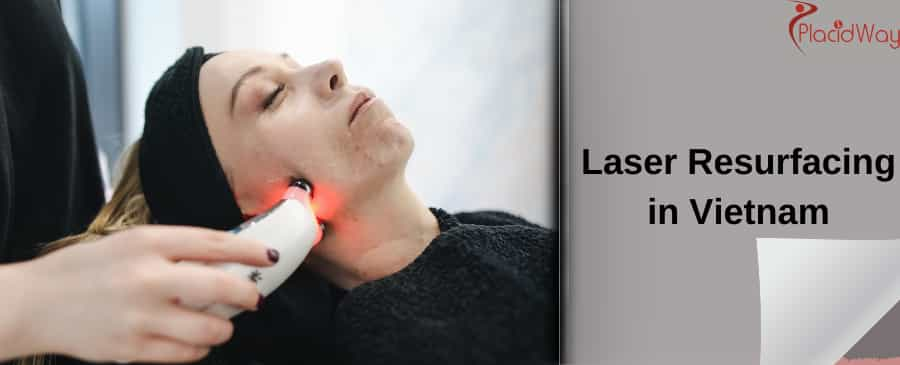
Have you ever considered a trip to Vietnam for a medical procedure? The country is becoming a popular destination for medical and cosmetic treatments, and one of the most sought-after procedures is laser resurfacing. If you're looking to improve your skin's texture, reduce wrinkles, or treat acne scars, this might be the perfect solution for you. Many people are curious about the price, and the good news is that the cost of laser resurfacing in Vietnam is often much more affordable than in Western countries. But what exactly does that price include, and what are the factors that influence it? In this guide, we'll break down everything you need to know about getting laser resurfacing done in Vietnam. We'll cover the typical costs, the different types of lasers used, and what you should look for in a clinic to ensure you get a safe and effective treatment.
How much does laser resurfacing cost in Vietnam?
The price for laser resurfacing in Vietnam is highly variable. While you might find a basic treatment for a smaller area for as little as ?2,000,000 VND (around $80-$100 USD), a full-face treatment with advanced technology like Fractional CO2 can easily cost upwards of ?25,000,000 VND (over $1,000 USD). This wide range is a key reason why it's important to research different clinics and understand what their prices include. The affordability is a major draw for people traveling from Europe, North America, and Australia, where the same procedure can cost several thousand dollars.
Several factors contribute to the final price. These include the specific type of laser used, the size and complexity of the area being treated, and the clinic's location and reputation. Some clinics may offer package deals for multiple sessions, which can reduce the overall per-session cost. It's also worth noting that prices may be quoted in Vietnamese Dong (VND) or US Dollars, so be sure to clarify the currency when you receive a quote.
What factors influence the cost of laser resurfacing in Vietnam?
The price you pay for laser resurfacing in Vietnam is not a fixed number. It’s a dynamic figure influenced by several key elements:
- Type of Laser Technology: Different lasers have different costs. More advanced lasers like Fractional CO2 or PicoSure, which offer more precise results and often require fewer sessions, are generally more expensive than older technologies.
- Size of Treatment Area: A full-face laser resurfacing will naturally cost more than treating a small scar on your cheek or a few fine lines around your eyes. Clinics often price their services based on the area being treated (e.g., face, neck, hands, or specific spots).
- Number of Sessions: Many skin conditions, like deep scars or severe pigmentation, require multiple treatment sessions for optimal results. Some clinics will offer a discounted rate if you book a package of 3, 5, or 10 sessions upfront.
- Clinic's Reputation and Location: A high-end clinic in a prime location like Ho Chi Minh City or Hanoi with a team of experienced dermatologists will have a higher price point than a smaller, less-known clinic. This higher price often reflects the quality of equipment, the expertise of the staff, and the level of service you receive.
Is laser resurfacing in Vietnam safe and effective?
The safety and effectiveness of laser resurfacing in Vietnam depend entirely on where you get the procedure done. Vietnam has a growing medical tourism industry with many clinics that use state-of-the-art equipment and employ highly trained doctors. These reputable clinics follow strict hygiene protocols and use FDA-approved laser devices. When done by a qualified professional, the procedure is a great way to address skin issues like wrinkles, sun damage, and scars.
However, as with any medical procedure, there are risks if you choose an uncertified or low-quality provider. To ensure a safe experience, you should always look for clinics that are accredited, have positive patient reviews, and are transparent about their doctors' qualifications and the technology they use. A good clinic will also provide a detailed consultation and explain the potential risks and aftercare instructions thoroughly.
What types of laser resurfacing are available in Vietnam?
Vietnam's leading dermatological clinics offer a wide range of laser resurfacing technologies to cater to various skin needs. Understanding the difference is key to choosing the right treatment for you.
Here’s a breakdown of common types:
- Ablative Lasers (e.g., CO2 Laser): These are powerful lasers that remove the outer layers of the skin. They are highly effective for treating deep wrinkles, severe sun damage, and acne scars. The recovery time is longer, typically a week or two, as the skin needs to heal.
- Non-Ablative Lasers (e.g., Fractional Laser): These lasers heat the underlying skin tissue without removing the outer layer. They stimulate collagen production, which helps with fine lines, wrinkles, and improving overall skin texture. Recovery is much quicker, often just a few days of redness.
- Pulsed Dye Lasers (PDL): These are specifically used to treat vascular lesions, such as broken capillaries and rosacea, by targeting the blood vessels beneath the skin.
- Intense Pulsed Light (IPL): While not a true laser, IPL uses a broad spectrum of light to treat pigmentation issues like sun spots, freckles, and redness. It's often used for overall skin rejuvenation.
How long does the recovery from laser resurfacing take?
The recovery timeline is one of the most important things to consider, especially if you're traveling. For deep, ablative laser resurfacing (like a full CO2 treatment), you can expect your skin to be red, swollen, and potentially crusty for 7 to 14 days. During this time, it's crucial to follow the clinic’s aftercare instructions, which will include specific cleansing routines and the use of healing ointments.
On the other hand, non-ablative treatments have a much easier recovery. You might experience some redness, mild swelling, and a sensation similar to a sunburn for 2-4 days. This makes it a great option for people who want to minimize downtime. Regardless of the type, strict sun protection is a must for several weeks after the procedure to protect your new, sensitive skin.
What should I look for in a clinic for laser resurfacing in Vietnam?
Finding the right clinic is the single most important decision you'll make. A good clinic will not only provide a safe and effective treatment but also a positive overall experience. Here’s a checklist of what to look for:
- Doctor's Expertise: Ensure the procedure is performed by a board-certified dermatologist or a plastic surgeon with extensive experience in laser resurfacing. Ask about their qualifications and how many procedures they've performed.
- Technology: Ask about the specific laser device they use. Reputable clinics use modern, FDA-approved or CE-marked equipment from well-known brands.
- Reviews and Testimonials: Look for patient reviews and before-and-after photos. Online forums and medical tourism platforms can provide valuable insights into other people's experiences.
- Consultation: A good clinic will provide a thorough, one-on-one consultation where they examine your skin, discuss your goals, explain the procedure in detail, and answer all your questions.
- Hygiene and Safety: The clinic should be clean and sterile, and the staff should follow proper safety protocols. Don’t hesitate to ask about their sterilization procedures.
How many laser resurfacing sessions will I need?
The exact number of sessions for laser resurfacing is highly individualized. Your dermatologist will assess your skin and create a personalized treatment plan during your consultation.
For example:
- For fine lines and skin texture: You might see a noticeable improvement after just one or two sessions with a non-ablative laser.
- For acne scars and deep wrinkles: These conditions often require a series of treatments, spaced several weeks apart, to achieve significant results. A typical course might be 3 to 5 sessions with a fractional or CO2 laser.
- For sun spots and pigmentation: IPL or specific pigment lasers may be used, and the number of sessions depends on the depth and intensity of the spots.
Remember, the goal is gradual improvement, not a quick fix. Multiple sessions allow your skin to heal and regenerate collagen, leading to better and longer-lasting results.
What is the difference between fractional and CO2 laser resurfacing?
The distinction between fractional and CO2 laser resurfacing is crucial for understanding what each can do for your skin.
Think of it like this: a CO2 laser is a powerful tool that removes the entire surface of the skin in the treated area. It's like a complete "peel" that reveals fresh, new skin underneath. This is great for severe scarring, deep wrinkles, and significant sun damage. The downside is that it requires a longer, more intense recovery period.
A fractional laser, on the other hand, is a more targeted approach. It creates tiny, microscopic columns of injury in the skin, leaving the surrounding tissue intact. This triggers the body's natural healing process and stimulates collagen production. Because the healthy skin around the treatment spots is left untouched, healing is much faster. This makes fractional lasers ideal for improving overall skin texture, treating fine lines, and moderate acne scars with less downtime.
| Feature | CO2 Laser | Fractional Laser |
|---|---|---|
| Technology | Ablative (removes top layer of skin) | Non-ablative (creates micro-channels) |
| Downtime | 1-2 weeks | 3-7 days |
| Best For | Deep wrinkles, severe scars, significant sun damage | Fine lines, skin texture, moderate scars, pigmentation |
Is laser resurfacing painful?
The sensation during laser resurfacing is often described as a hot, prickling, or rubber-band snapping feeling on the skin. Clinics in Vietnam are well-prepared to manage any discomfort. Before the procedure begins, a topical anesthetic cream is applied to the treatment area to numb the skin.
For more aggressive ablative treatments like CO2 laser, the numbing cream is very effective, and some doctors may also use a local anesthetic to ensure you are comfortable. Most clinics use cooling devices or forced-air chillers to minimize discomfort during the treatment. Afterward, you will feel a burning sensation, similar to a sunburn, which can be managed with cold compresses and prescribed ointments. The discomfort is temporary and subsides as the skin begins to heal.
What results can I expect from laser resurfacing in Vietnam?
The results of laser resurfacing can be transformative, but they are not always immediate. Right after the treatment, your skin will be red and may look worse than before. However, as it heals, you will begin to see the benefits.
The initial results, such as a brighter complexion and reduced pigmentation, can be seen within a few weeks. The real magic happens over the next few months. As your skin’s collagen production is stimulated, it will continue to improve, leading to a reduction in scars, wrinkles, and fine lines. The final, long-term results can take up to six months to fully appear. To maintain the results, proper skincare and sun protection are essential.
Can laser resurfacing treat acne scars?
Acne scars are a common concern, and laser resurfacing has become a go-to solution for many people. The laser works by targeting the scar tissue and encouraging the growth of new, healthy skin cells and collagen.
For deep, pitted "ice pick" or "boxcar" scars, a CO2 laser can be very effective as it removes the damaged top layer and allows new skin to form more smoothly. For milder or rolling scars, fractional lasers are often used to improve the overall texture and blend the scars into the surrounding skin. The number of sessions required will depend on the depth and type of your scars, and your dermatologist will work with you to set realistic expectations.
How should I prepare for a laser resurfacing treatment?
Proper preparation is key to a successful laser resurfacing procedure and a smooth recovery. Your doctor will provide you with specific instructions, but here are some general guidelines:
- Avoid Sun Exposure: Stay out of the sun and use a high-SPF sunscreen for at least 4-6 weeks before your appointment. Tanned skin can increase the risk of complications like hyperpigmentation.
- Stop Certain Skincare Products: Your doctor may ask you to stop using products containing retinoids, glycolic acid, or other harsh ingredients a week or two before the treatment.
- Hydrate and Moisturize: Keeping your skin well-hydrated in the weeks leading up to the procedure can improve its health and resilience.
- Inform Your Doctor: Be open with your doctor about your medical history, any medications you are taking, and if you have a history of cold sores, as this can be a risk factor.
Following these steps will help ensure your skin is in the best condition for the procedure and minimize potential side effects.
What is the post-procedure care for laser resurfacing?
After your laser resurfacing treatment, the aftercare is just as important as the procedure itself. Your dermatologist will give you a detailed plan, but here are the key steps:
- Keep it Clean: Gently wash your face with a mild cleanser a few times a day to prevent infection.
- Moisturize: Apply the specialized healing ointments or moisturizers your doctor provides to keep the skin hydrated and protected.
- Avoid Sun: This is the most critical step. Your new skin is extremely vulnerable to sun damage. Use a high-SPF sunscreen daily, even indoors, and wear a wide-brimmed hat when you go outside.
- No Picking or Scrubbing: Let your skin heal naturally. Picking at scabs or peeling skin can lead to scarring.
- Stay Hydrated: Drinking plenty of water helps your skin heal from the inside out.
Following these instructions carefully will ensure you achieve the best possible results and avoid complications.
What is the cost of full-face laser resurfacing in Vietnam?
A full-face laser resurfacing treatment is one of the most popular procedures for overall skin rejuvenation. The price can vary significantly, often more than for smaller, targeted areas. For a non-ablative or IPL full-face treatment, you might expect to pay between $200 and $500 per session. For a more intensive and powerful CO2 laser resurfacing treatment, the cost could be anywhere from $500 to over $1,500 per session.
Many clinics in Vietnam offer packages for multiple full-face sessions, which can make the overall price more competitive. When you get a quote, be sure to ask what is included: the initial consultation, the numbing cream, the post-procedure products, and follow-up appointments.
How does the cost of laser resurfacing in Vietnam compare to other countries?
One of the main reasons for the surge in medical tourism to Vietnam is the cost-effectiveness of procedures like laser resurfacing. A treatment that costs $1,500 to $3,000 or more in the United States could be performed for a fraction of that price in Vietnam.
This price difference is due to several factors, including lower overhead costs, lower labor costs, and a more competitive market. However, a lower price does not always mean lower quality. Many clinics in Vietnam have invested in modern technology and employ highly skilled medical professionals. The savings can be substantial, making it possible for people to combine a skincare treatment with a vacation.
| Country | Average Cost per Session |
|---|---|
| Vietnam | $100 - $1,500+ |
| United States | $1,000 - $5,000+ |
| Australia | $800 - $4,000+ |
| United Kingdom | £500 - £3,000+ |
If you're considering medical tourism for laser resurfacing, it’s a good idea to look at the total cost, including travel, accommodation, and the treatment itself. The overall package can still be significantly cheaper than getting the procedure done locally.
To learn more about your options for laser resurfacing in Vietnam and to connect with accredited clinics, explore the solutions available on PlacidWay. We can help you find a trusted provider that meets your needs and budget.


.png)
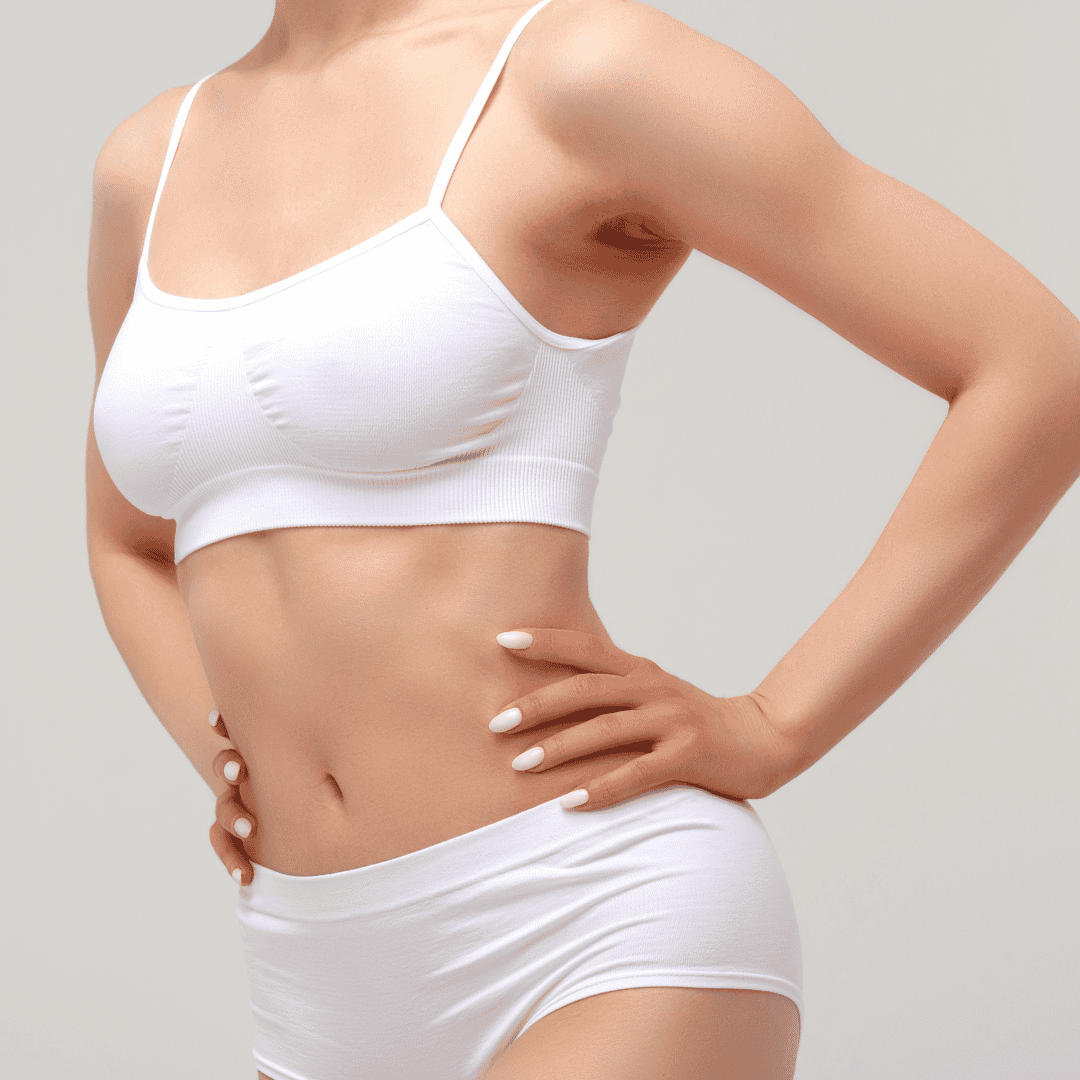
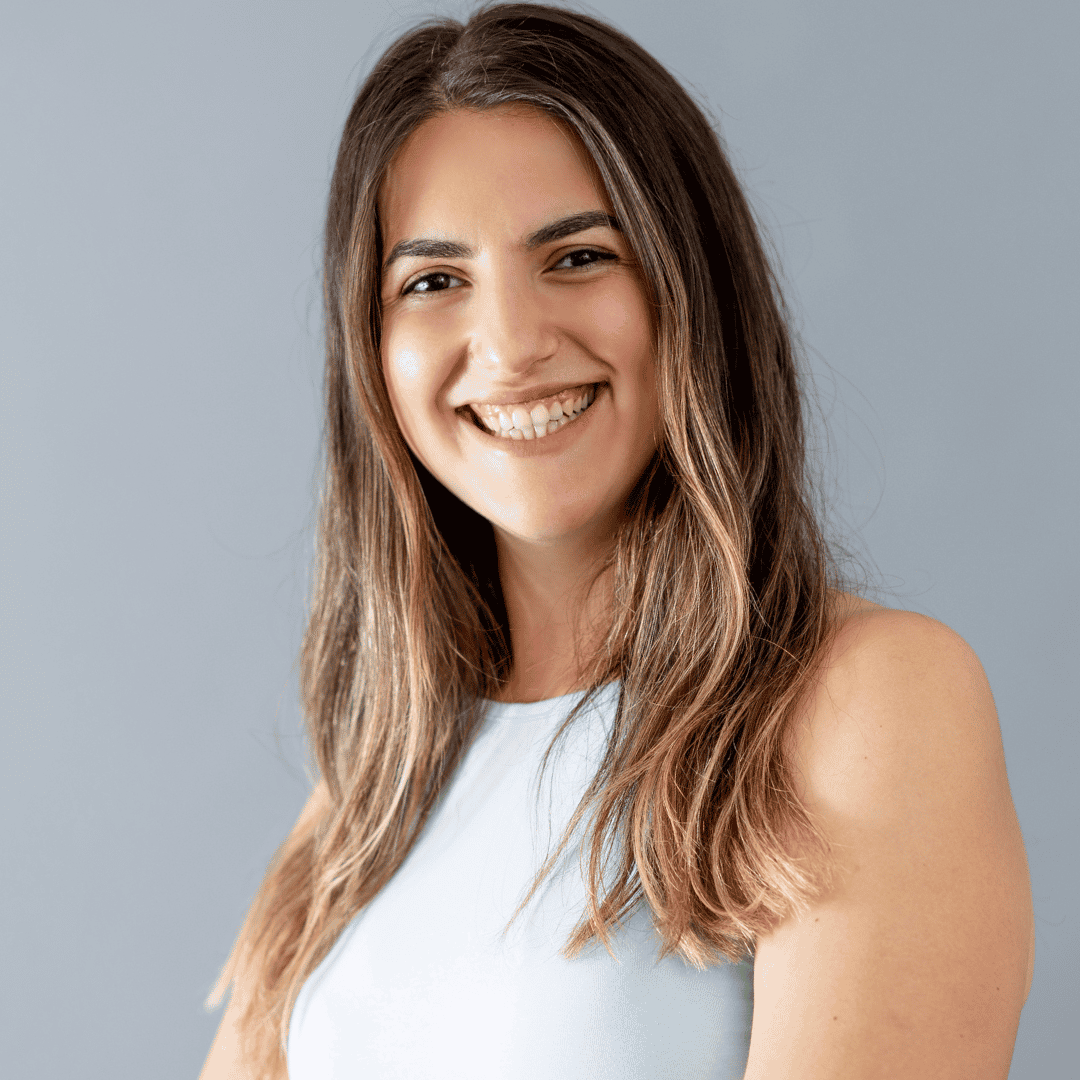
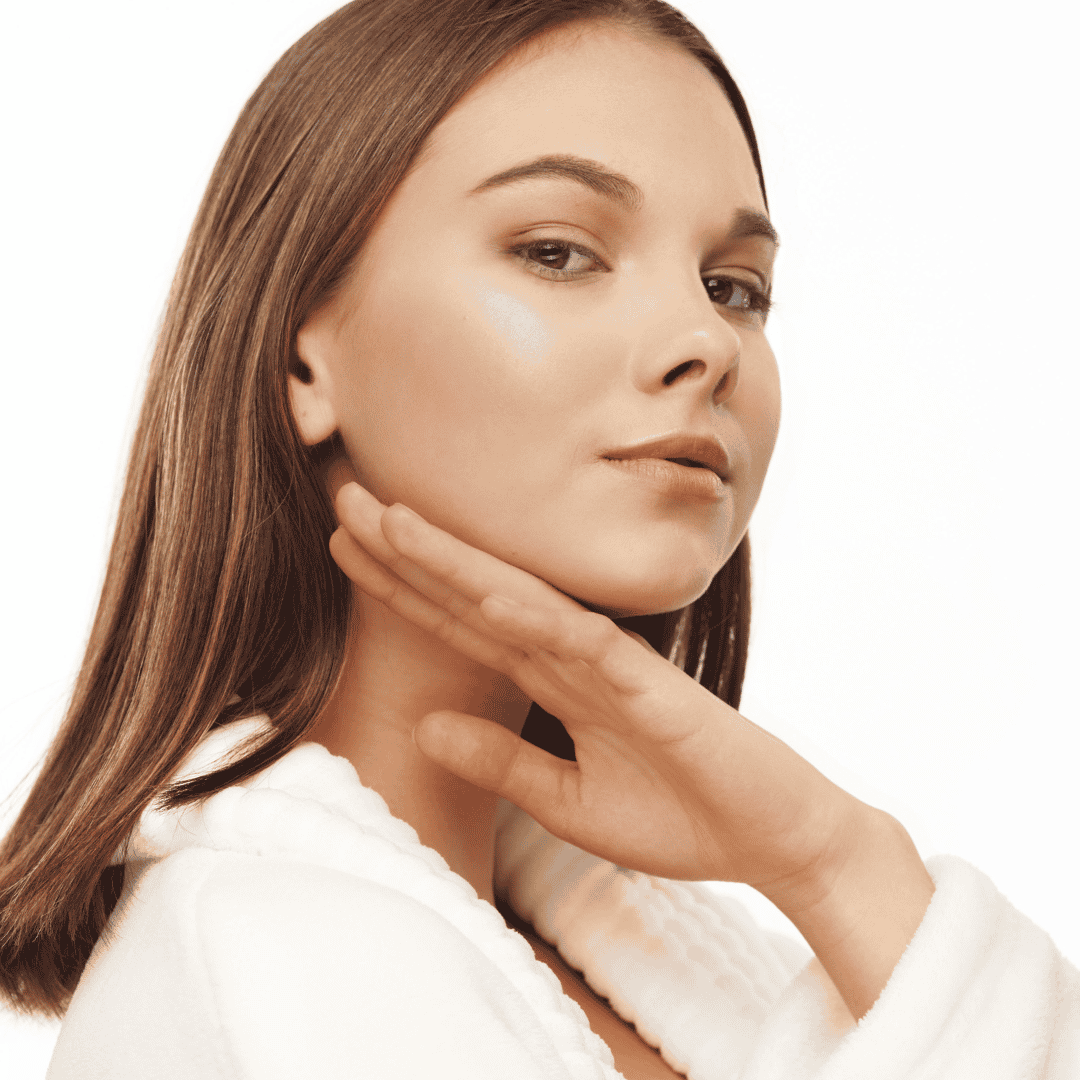




.png)
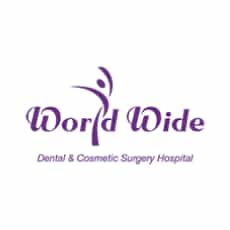
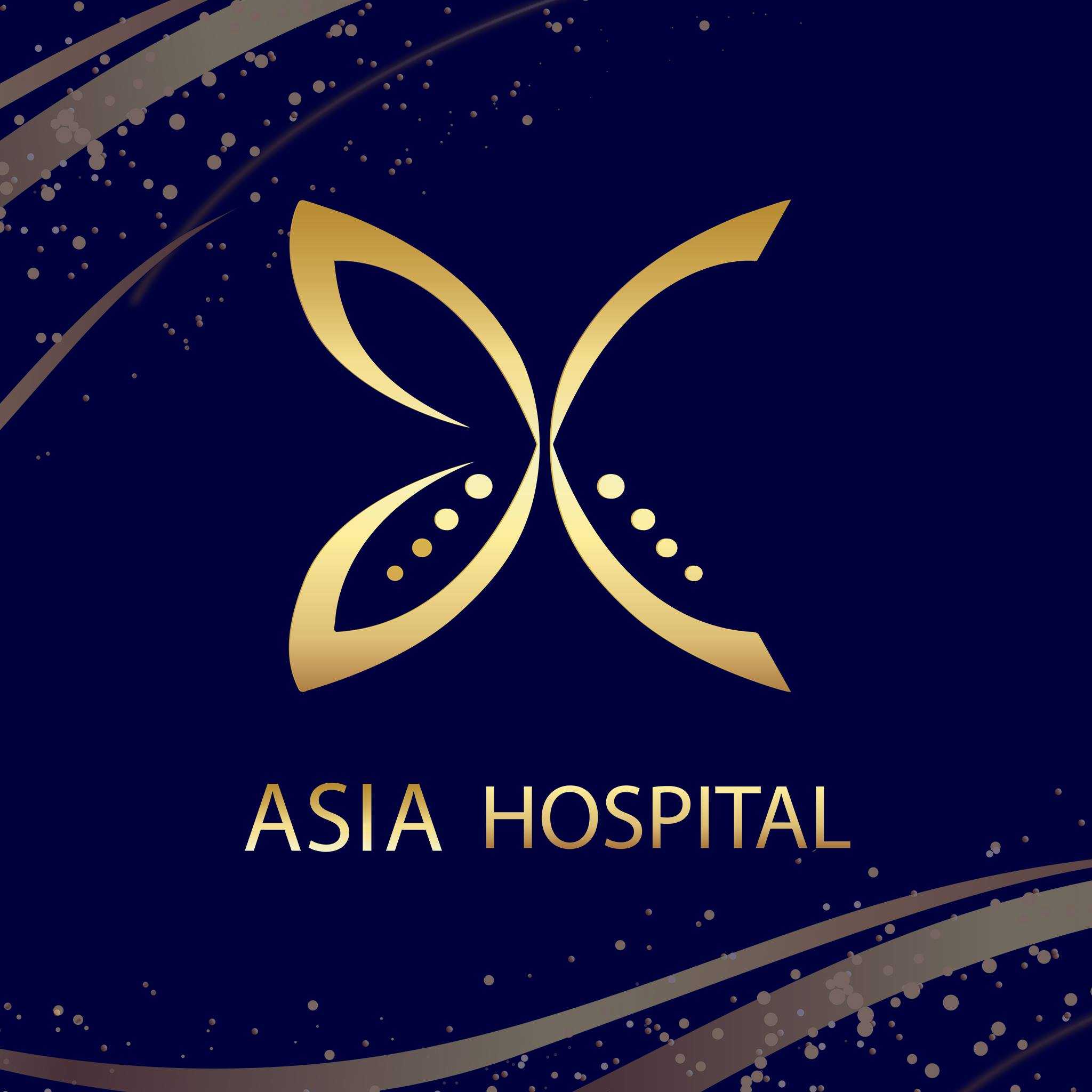
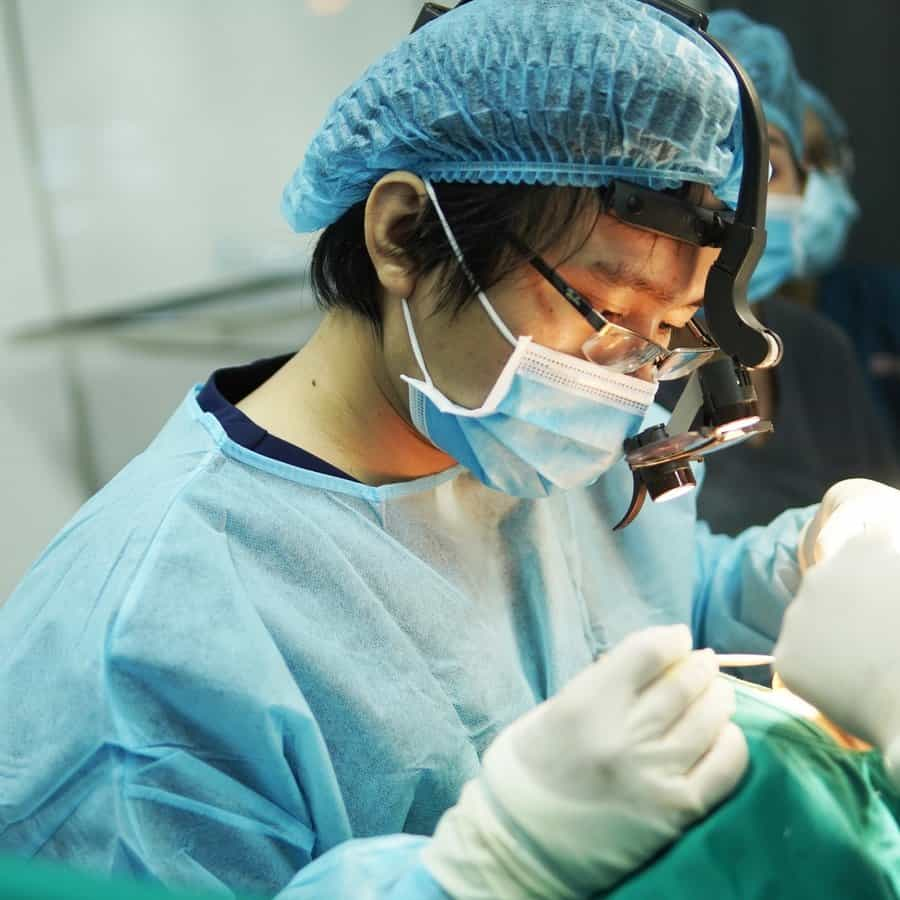
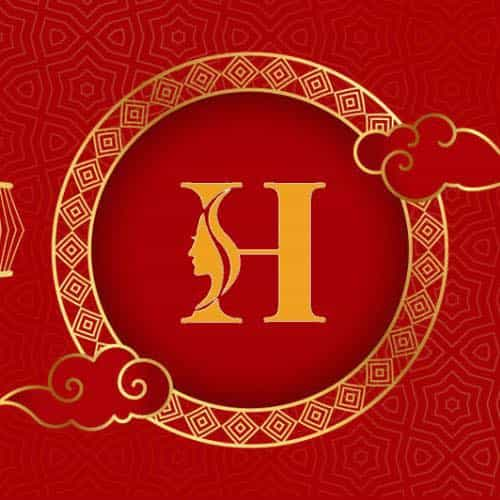
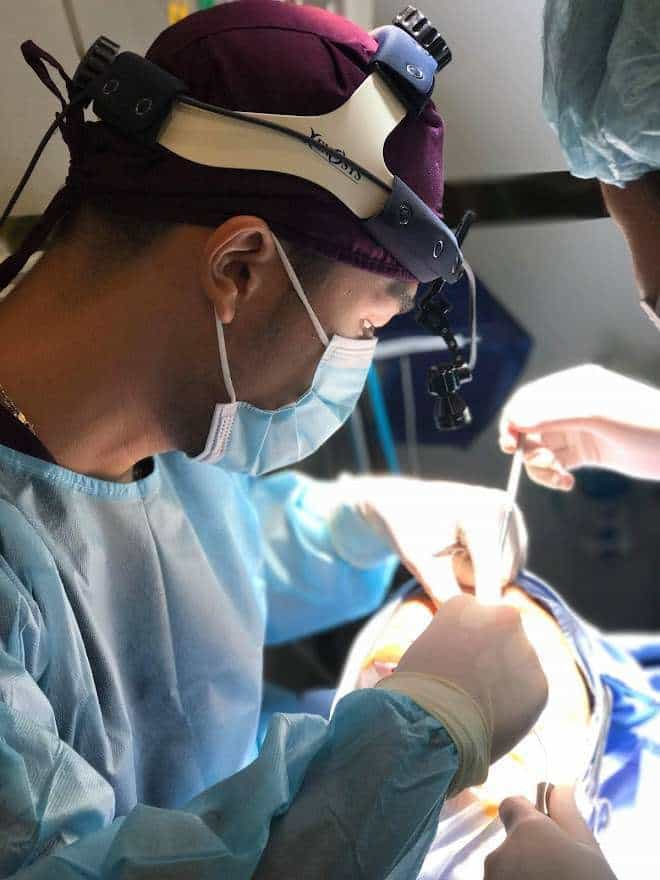

Share this listing